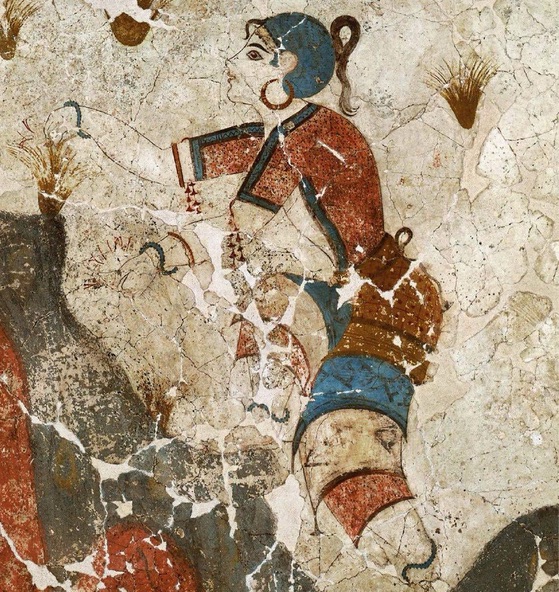- Read offline
- Access all content
- Build a list of your own favourites
- Search the contents with full-text search functionality
- ... and more!
agkathotós stróbos
αγκαθωτός στρόμπος
Purple dye murex (Bolinus brandaris) edible if boiled long enough but are now endangered so should be left alone.
Murex played a major role in ancient Mediterranean history, however, as the source of the much sought after royal or Tyrian purple (from Tyre, in modern Lebanon) that dyed the cloaks of the Roman Caesars, the sails of Cleopatra and the robes of the Byzantine emperors and empresses.
Unlike other dyes, the purple didn't fade, but only grew brighter when exposed to the elements. Known as πορφύρα (porphyra) in Greek, the colour was so precious that a child born to an imperial couple was called porphyrogenitos, 'born in the purple'.

The Minoans were making the dye as early as 2000 BC. Each snail was only good for a drop of two of essential purple mucus (or 'milk', which they excrete was a defense mechanism), so the snails, fished in spring and fall, had to be kept alive until the dyers had enough mucus to colour their cloth.
Images by 16:9clue, PD art, Sharon Mollerus

